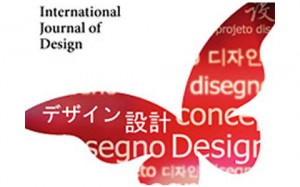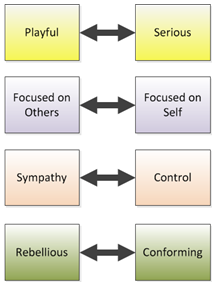 In my leadership class at Northwestern University we spend time learning how to identify the basic assumptions that make up the shared mental model in a given culture. These can run deep, as deep as philosophy. For example, some cultures believe fundamentally in the ability of science to produce objective knowledge while other cultures don’t even know science and believe in oral history as the primary source of knowledge. Or less dramatically, some corporations believe in making decisions based on data and math while others are happy to follow the intuitions of a small group of leaders.
In my leadership class at Northwestern University we spend time learning how to identify the basic assumptions that make up the shared mental model in a given culture. These can run deep, as deep as philosophy. For example, some cultures believe fundamentally in the ability of science to produce objective knowledge while other cultures don’t even know science and believe in oral history as the primary source of knowledge. Or less dramatically, some corporations believe in making decisions based on data and math while others are happy to follow the intuitions of a small group of leaders.
Basic assumptions go unquestioned and usually involve beliefs in what is real, how you acquire knowledge and truth and what constitutes value.
So I am always on the lookout for new insights into the basic assumptions that shape how groups of people perceive the world, think, make decisions and behave. Take for example the excellent article and interview in Strategy + Business on the Dueling Myths of Business. The article identifies five basic assumptions about economics (seeking growth), ecology (seeking health of a larger system), heroics (seeking to win), religion (seeking goodness) and science (seeking truth through reason).
Each of the basic assumption is rooted deeply in human psychology:
“The idea of business, for example, is a very powerful human creation, based on the economic myth: The best thing to do is to grow as large as possible. This myth is closely linked to the parental impulse, which is one of the most powerful impulses that human beings have.”
And they all have limits, for example:
“The ecological myth says that the health of a whole system depends on complex interrelationships. It therefore tries to take everyone’s needs into account, which can lead to immense expense and gridlock.”
Understanding what your group believes around each of the five basic assumptions can help leaders mitigate disputes as well as guide fundamental change. They are also an excellent source of insights for cognitive designers looking to create processes and programs that improve group performance.
Source of image: Deep Well

 Check out the open access International Journal of Design. It includes many articles of relevance to cognitive designers for example, 25 Positive Emotions in Human-Product Interactions. There is a current call out (due March 1, 2013) for papers on designing for subjective well-being.
Check out the open access International Journal of Design. It includes many articles of relevance to cognitive designers for example, 25 Positive Emotions in Human-Product Interactions. There is a current call out (due March 1, 2013) for papers on designing for subjective well-being.





